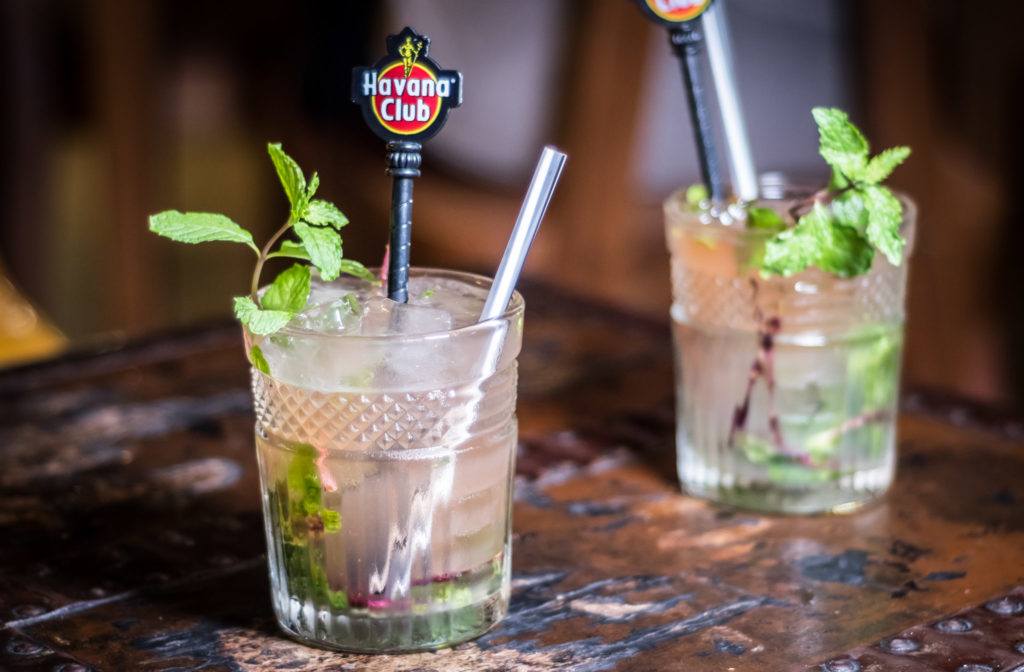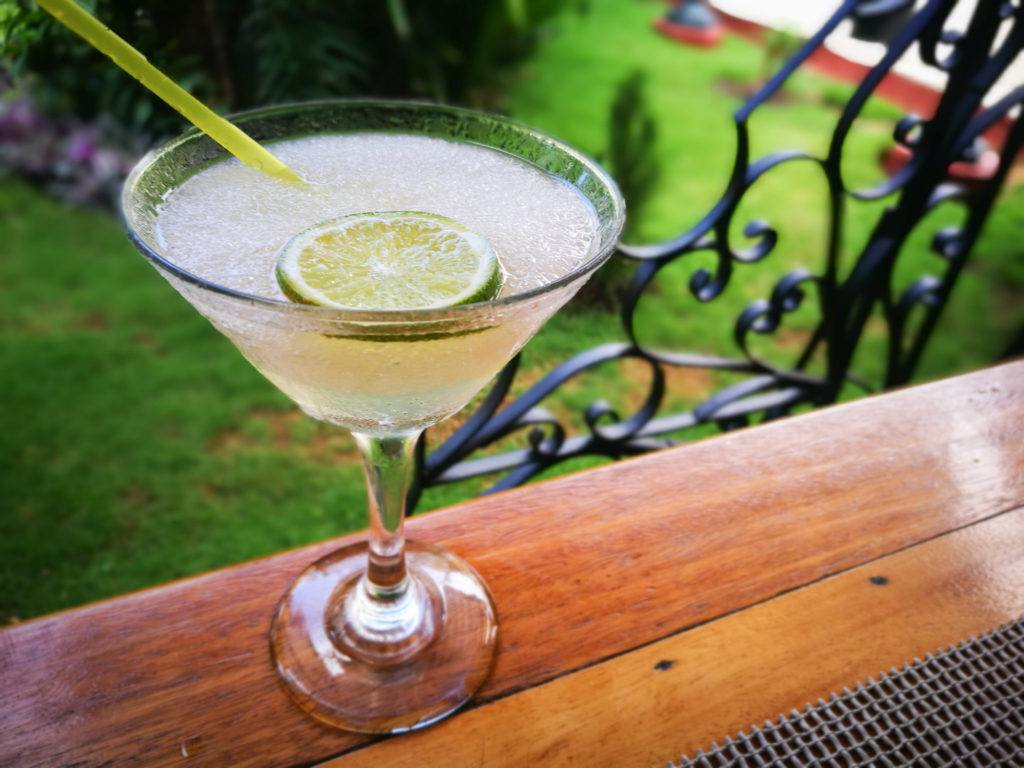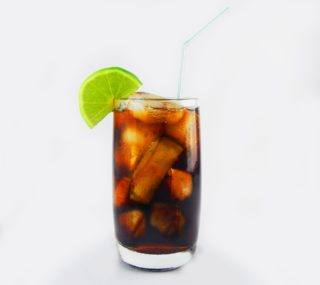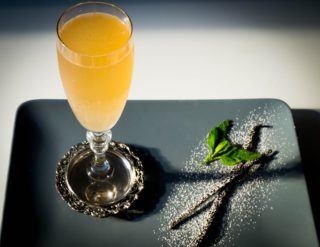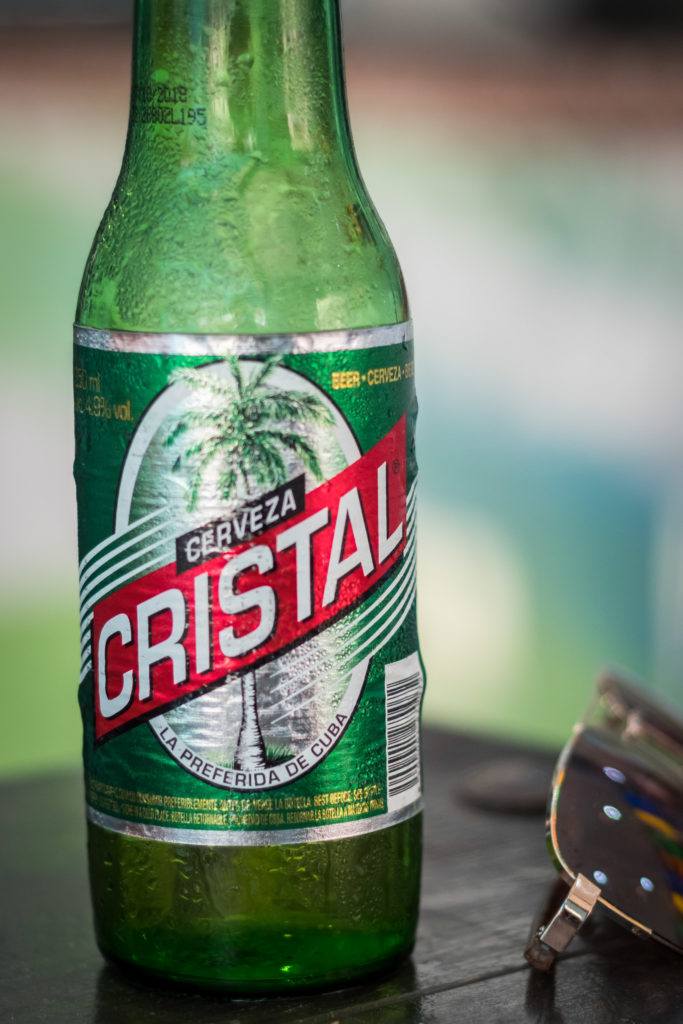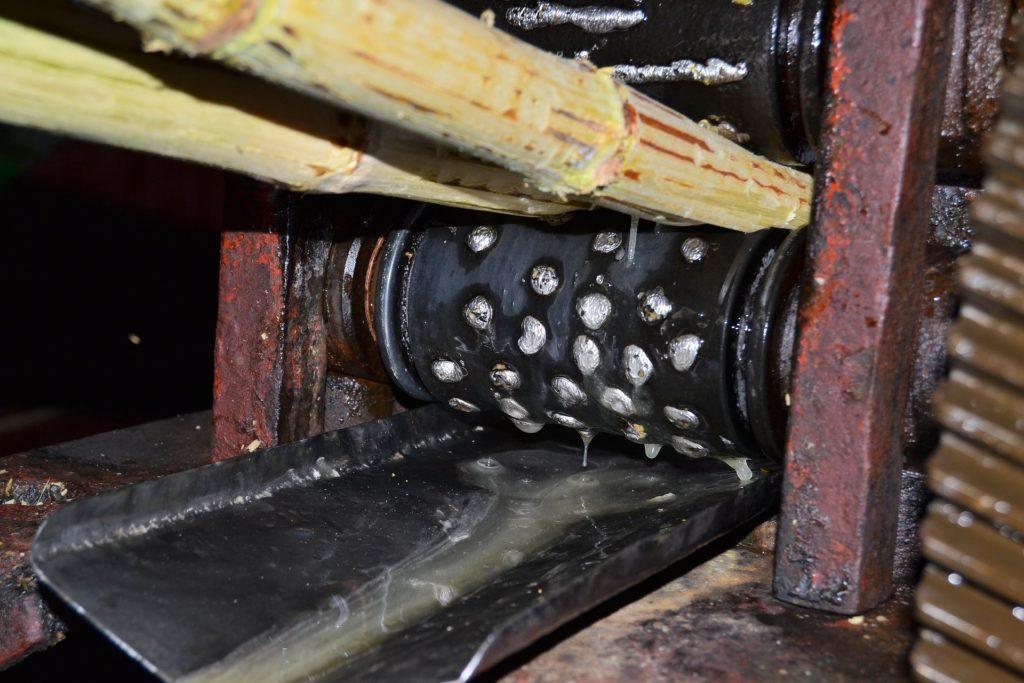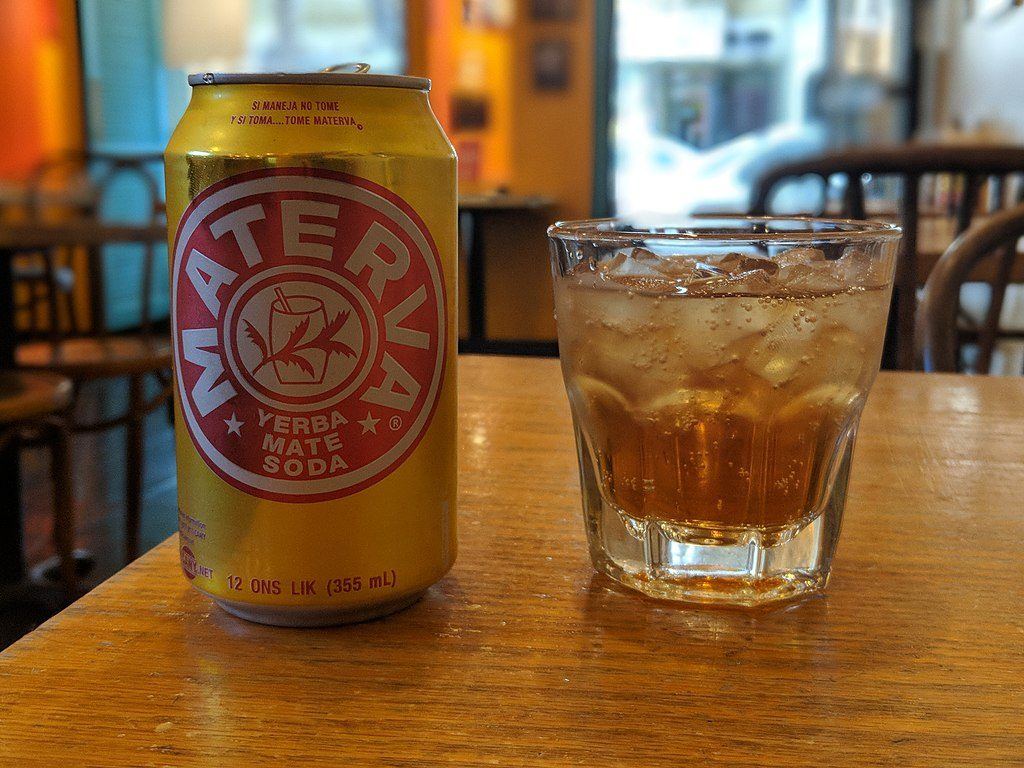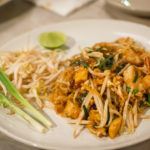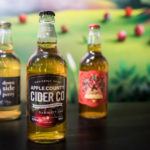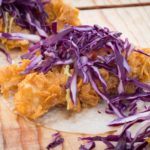Cuban Drinks: We list all of the most popular Cuban Drinks: Including Cuban Cocktails, Cuban Beer and non alcoholic Cuban Drinks. Our special feature discusses the history of the Mojito and history of the Daiquiri – the two most famous Cuban Cocktails.
When was the Mojito invented, and by who? The story may go back all the way to the 16th century. Don’t miss our Cuban Drinks Podcast where we have a lively, light hearted discussion about these famous beverages.
We also include recipes for all of the Cuban cocktails, below.
Cuban Drinks: Table Of ContentsCuban Drinks: History Of The Mojito – inc. recipe Cuban Drinks: History Of The Daiquiri – inc. recipe Cuban Drinks: Other Famous Cuban Cocktails (inc. Cuba Libre) – Recipes listed Cuban Cuisine Mega Guide: 40+ Traditional Cuban Dishes (Opens In New Tab) Disclaimer: this article may contain affiliate links which help support our blog. If you purchase something after clicking a link, we may make a commission. Please use our links rather than searching google. |
Cuban Drinks Podcast: History Of The Mojito & Daiquiri in Cuba
In Our Mojito Podcast:
- Did British privateers invent the Mojito? We investigate the historic origins of Cuba’s famous cocktail…
- PLUS has the Havana bar scene re-written mojito history to make more money?
—
In Our Daiquiri Podcast:
- The Daiquiri – historic plantation drink, or early 20th century USA-Cuban fusion invention?
- PLUS, Hemingway – was he a Daiquiri or Mojito man?
—

Listen & Subscribe: iTunes | Spotify | Google Podcasts | Stitcher
RSS: https://feeds.captivate.fm/thedish/
Support: Become a Patron | Tweet: @foodfuntravel | Email: [email protected]
THE BELOW INFORMATION IS A COMPANION TO THE PODCAST – NOT A TRANSCRIPT.
Famous Cuban Drinks (inc. The History Of The Mojito)
What are the essential Cuban Drinks to try in Cuba? NOTE: The below content contains spoilers for the podcast episode.
Cuban Drinks: A History Of The Mojito
Mojito: The sweet and sour cocktail that has gone around the world. Rum, Lime, cane sugar and mint topped with soda water.
But who invented it?
For tourists, the infamous La Bodeguita del Medio bar in Old Havana makes a claim to the invention, and even that it was one of Ernest Hemingway’s choice tipples. There is even a framed inscription in the bar from Hemingway.
However, many believe the historic graffiti to be a forgery, and that Hemingway, a fan of sour cocktails, was much more likely to be seen enjoying a daiquiri than a mojito. More on Daiquiris below.
Combine this with the fact that La Bodeguita only opened in 1942 and it becomes more likely that this bar, now saturated with American cruise ship tourists, is actually exaggerating their connection to the mojito in the name of profit… God forbid.
It’s certainly believed that the Mojito, or something very similar, was being drunk on the Cuban sugar plantations long before 1942.
The oldest pre-cursor to the Mojito may have existed as early as the 16th century…
British explorer and privateer, Sir Francis Drake, wanted to land in Havana in 1586 to steal all their gold, as was the style at the time. And apparently, he may have discovered or invented a proto version of the Mojito at the same time.
The story that is repeated across the internet is that in 1586, his men were sick and he needed to stop off in Cuba to help them recover. Some even claim that he sacked Havana at the time – which is definitely not true.
One way or another, he stopped in Cuba and, in search of remedies for his sick men, he discovered local plantation workers who had a concoction made from the rough original version of rum called “Aguardiente de cana” – which literally means cane sugar firewater/liquor. They’d mixed this with lime – which would of course cure scurvy, a common foe of sailors. It was likely also mixed with sugar – as it came from a sugar plantation – and it may or may not have had mint mixed in.
Booze, sugar and vitamin C – not bad as a health tonic of the 16th century. Apparently, the concoction may have been adapted from whatever the plantation workers were drinking by one of Sir Francis’ other officers, Richard Drake, and he called the drink “El Draque” which means the dragon – but also is a play on words to mean “The Drake” due to the spelling. El Draque was also the nickname given to Francis Drake by the Spanish, who he was killing in great numbers and generally causing havoc for across the Caribbean at the time.
I had to do a lot of digging to confirm any of this story. And the truth may be a little less fanciful than the story that is spread around.
Firstly, the earliest documentation of distilling sugar cane was from 1552 in a report from Governor Tome de Souza of Bahia, Brazil. It’s likely that Sugar cane moonshine was being made before any official record – as is often the case in food history. Plus, as sugar plantations were introduced super early to the Caribbean, it makes sense local workers in Cuba would already be making “Aguardiente de cana”… Modern style rum didn’t get going until the 17th century.
The timeline regarding Drake visiting Cuba is documented in the Almanac of American Military History:
- 19th Feb 1586 – attacks Cartagena, Columbia
- Leaves Cartagena and Sails for Cuba on May 4th 1586 – because his men are sick
- Probes Havana on May 29th 1586, and decides it is too well fortified. Heads to St. Augustine in Florida and attacks June 6th.
So sometime in May 1586, it’s quite possible that Drake did land somewhere on the Cuba coast in order to rest his men who were sick, and pick up supplies. He didn’t sack Havana, though apparently, he fired a few cannons at them to test if it was worth attacking. He decided it was not a viable target.
Regards the discovery or invention of a health tonic, yes the conditions and ingredients would have been available, but I can’t find any documentation by Drake’s team to confirm this. It seems a little bit like a good story based on probability rather than facts. So it’s hard to say.
As for the modern Mojito, it is almost certainly descended from those plantation drinks – which would have arrived eventually, if not already by 1586. The Mojito’s popularity exploded in the 1950s near Havana, especially along Playa La Concha, a popular beach, where bartenders turned making mojitos into a show.
La Bodeguita del Medio bar may have started popularising the Mojito back in 1942 before things went crazy, but they can’t take credit for inventing it.
So what is the secret of a good modern Mojito? Everyone has their preferences, but some important considerations are… yerbabuena, instead of mint. It is minty but less sweet than mint. Plus, you should muddle the stalks, not the leaves, as they release a more intense flavour. Also, a drop or two of angostura bitters kicks it up a notch.
Cuban Cocktails: Mojito Recipe:
2 tablespoons (1 ounce) fresh lime juice
2 heaping teaspoons superfine sugar
Ice Cubes
5 stalks from yerbabuena or mint + 6 fresh leaves for garnish
1/4 cup (2 ounces) white rum
2 tablespoons (1 ounce) club soda
Directions: Muddle stalks in the bottom of the glass, add the sugar and lime and rum – mix to help the sugar dissolve. Then add the ice, and top up with club soda. Keep mixing to get all the sugar to dissolve. Using sugar, rather than syrup is the way the Havana bars do it – it doesn’t dissolve as well, but it is the traditional way.
Check out our list of favourite Mojitos in Havana in our What To Do In Havana article.
Cuban Drinks: Daiquiri
The other most famous Cuban cocktail is the Daiquiri. It features similar ingredient to the Mojito, with Rum, sugar and lime, but with a much stronger focus on sour flavour with only a hint of sweet, and of course, no herbal flavours from yerbabuena.
The invention of the modern Daiquiri is actually documented, though just like with the Mojito, A bar in Havana claiming to be the “cradle of the Daiquiri”, has made that bar very rich indeed. More on that later.
The formal invention of the Daiquiri is attributed, at least in part, to Jennings Stockton Cox of Baltimore – who moved to Cuba in order to get rich from the mining industry in the late 19th century.
Of course, as we already learned from Sir Francis Drake’s visit, locals were already combining such ingredient to make drinks like this. So it’s hard to claim that it was invented in the 19th century. More likely it was just formally named and the recipe was formalized. The other thing is, Cox recorded the recipe in his journal, until that point, it seems it had never been recorded and named… So that’s the difference.
Unlike with the naming of the Mojito, which likely arrived over time from other similar words, like Mojo, the sour marinade we discuss in our Cuban cuisine article, the Daiquiri was named after the town of Daiquiri, near where Cox lived.
There are a variety of stories associated with its formal naming and invention:
- Cox was receiving guests from the USA at his home and he ran out of Gin. Luckily he had a stash of the local white rum, but as it was a little rough compared to what his guests would be used to, he mixed it up with lime, sugar and a lot of ice – and the Daiquiri was born.
- Cox and his fellow engineer buddies used to frequent a local bar, perhaps called the Venus Bar, and they regularly drank the local booze which the bartender mixed up – white rum, lime, sugar and ice. Cox decided they should really give the drink a name and decided to name it after the local town, Daiquiri.
- Or, Cox simply experimented with the proportions of making his favourite local drink, at home, until he came up with the right balance and then he noted that in his journal.
Although it’s quite possible something akin to number 2 above happened, it seems odd that a formal recipe was entered in Cox’s journal if the bartender was making the drinks. It’s not impossible, but less likely perhaps. But that is just conjecture on my part. Perhaps the drink and name occurred at the bar, and then after a dinner party at home, making the drinks himself, Cox decides to formalize things?
I think a combination of all 3 or at least story 2 & 3 is the most likely conclusion.
Whatever you choose to believe, the drink already existed in some form and the facts suggest that Cox had a hand in being the first to document and name its proportions and hence popularise the drink.
To popularise it further, if inadvertently, apparently Rear-Admiral Lucius W. Johnson landed in Guantanamo in 1909 and happened to meet up with Cox, and instantly loved the drink. Returning to the United States with a stash of Cuban rum and Jenning’s recipe, Johnson soon instructed the bar staff at Washington D.C.’s Army and Navy Club on how to make his new favourite cocktail. The Daiquiri was such a hit that the bar (now named the Daiquiri Lounge) sports a plaque to honour of the moment. He then also took the recipe to the University Club in Baltimore, Maryland.
Flash forward a few years and we come meet Constante Ribalaigua Vert, known as “El Rey de los Coteleros” (King of the Cocktails) in Cuba. In his 40 year reign as head bartender and co-owner of the La Floridita bar, it is said that he personally squeezed 80 million limes and made more than 10 million Daiquiris. It was Ribalaigua who introduced Hemingway to the Daiquiri when the author began to frequent La Floridita in the 1930s. Hemingway and the Daiquiri become forever linked and in 1937, the bar publishes a Hemingway Daiquiri —printed as the E. Hemingway Special — in their cocktail book.
Unlike the Mojito, Hemingway definitely seemed to acknowledge his love of the Daiquiri. And La Floradita has actually been a bar on that same location for over 200 years, opening in 1817 as La Piña de Plata – the silver pineapple. Clever marketing spin calling La Floradita the “Cradle of The daiquiri” gives the impression they may have invented it, but of course, in reality, they played a large part in nurturing it.
However, they do seem to be able to stake a claim to inventing the Frozen Daiquiri in the 1930s – whereas before, the Daiquiri was on the rocks. Today it is a massively popular tourist trap, for obvious reasons, but still knocking out high quality Daiquiris.
Cuban Cocktails: Daiquiri Recipe:
2 parts: Light rum
3⁄4 parts: Fresh lime juice
3⁄4 parts: Sugar syrup
Directions: Shake with ice cubes, or crushed ice, depending on if you want a frozen or regular Daiquiri
Havana Accommodation:
Support local families by booking independent guesthouses, rather than corrupt government hotels. AirBnB is a good way to do this. Or use a local agent like Cuban Eden.
Or Find Hotels & Lodgings on: Booking.com | Expedia | Hotels.com | Reviews On Tripadvisor | Airbnb – get $25 off your first stay.
Cuban Drinks: X Other Famous Cuban Cocktails (inc. Cuba Libre Drink)
There are many more Cuban Cocktails beyond the most famous Daiquiri and Mojito. Here is a selection of some of the best ones.
Cuba Libre Drink – A Famous Cuban Cocktail
The Cuba Libre Cocktail is a pretty simple white rum and coke with a hint of lime, over Ice cubes. The drink originated at the same time as when Coca-Cola first arrived in Cuba in 1900 (Though they have their own cola imitation now). Cuba Libre translates as free Cuba and represents independence from Spain which happened at that time
Ingredients: cola, lime, white rum (Havana Club 3 años) – or substitute with dark rum (A cocktail that is sometimes called Cubata)
Cuban Cocktails: Cubanito
The Cuban drinks version of Blood Mary – made with Cuban rum instead of Vodka. Sometimes a little less spicy too.
Ingredients: white rum, tomato juice, lemon juice, Worcestershire sauce, spicy sauce, salt
Cuban Cocktails: El Presidente
First popularised in the 1920s, the president the drink refers to is Gerardo Machado (1925–1933) who was loved for making big leaps with the economy and banking system at the time – leading the country into its heyday during the 30s and 40s.
Ingredients: white rum, Curacao, grenadine, vermouth, crushed ice
Cuban Cocktails: Saoco
Saoco is made with coconut water and rum. Using a fresh coconut and pouring that water straight into the glass, with a little bit of lime to give it some bite. Super refreshing on a hot Havana day. It’s probably one of the older cocktails from Cuba, originating from the plantations.
Ingredients: 2 1⁄2 ounces coconut water, 1 1⁄2 ounces light rum, 2 teaspoons fresh lime juice, 2 teaspoons sugar, ice
Canchanchara
This is not one of the common Cuban cocktail on Cuban bar menus, so you may have to ask the bartender.
The Canchanchara Cuban cocktail was drunk by Cuban freedom fighters during the war of independence against Spain. It would have been drunk hot but today it is normally drunk cold. The cocktail can use lemon, though you might end up with lime in Cuba as it is way more available.
Ingredients: Lemon or lime juice, honey, aguardiente (the pre-rum sugar cane spirit), still water & ice
Airmail
This is like an upper-class version of the original Canchanchara – mixed with champagne instead of water. Sometime around about the 1940’s, it was invented as a classy drink for the elite and for all the prosperity Cuba was experiencing at the time. High quality honey replaces the cheap stuff Cuban freedom fighters would have used years earlier. Champagne for real decadence.
Ingredients: 2oz of 7-year aged rum, 1oz ml fresh lime juice, 1oz ml honey syrup, champagne. Shake lime, rum and honey. Strain into a champagne glass, top with champagne, garnish with lime.
Cuban Ginger
Boozy apple and ginger – refreshing with a touch of fruity spice. Definitely used aged rum, rather than white rum to add more depth.
Ingredients: 1oz Apple Liqueur, 4oz Ginger Ale, 2oz 7 Years Havana Club Rum
The Cunyaya
A darker, more moody variation on a couple of the other classic rum + sweet + sour elements above. This time with sour orange, instead of lime or lemon. And freshly pressed sugarcane juice & honey, rather than molasses.
Ingredients: 2oz Havana Club 7 years aged, 2 dashes bitters, 1tsp honey, 1.5tsp fresh sour orange juice, 2oz fresh guarapo (sugarcane juice), Ice. Garnish with sour orange peel and a small piece of sugarcane
Havana Loco
Rum & fruit juice – a perfect beachside beverage. Most recipes keep this simple – just Rum & Orange Juice. I prefer to add a little something else – some pineapple juice perhaps. Top it off with a small wedge of watermelon and a glacé cherry.
Ingredients: Havana Club White Rum, Orange Juice, Watermelon wedge, Glace Cherry. (Optional) top with other tropical juice of your choice.
Crema de Vie
Crema de vie is sort of like a cold Cuban eggnog drink, enjoyed during the holiday season. Normally served after dinner.
Ingredients: Condensed milk, sugar syrup, egg yolks, vanilla and rum.
Culto a la vida (Havanisima)
Ingredients: 1.5 oz dark Havana rum, 3 lime wedges squeezed, 1 teaspoon simple syrup, 6oz cranberry juice.
Cuban Drinks: Cuban Beer
Most beer production is owned by the Cuban government. But they do offer some selection.
Cuban Beer: Cristal
By far the easiest beer to find in Havana. A crisp larger at 4.9% alcohol.
Cuban Beer: Bucanero
Stronger in flavour and alcohol (5.4%) than Cristal. Both Bucanero and Cristal are popular with tourists.
Cuban Beer: Cacique & Mayabe
two cheaper beers that are more popular with locals and less present in tourist bars and restaurants. Mayabe is light at just 4%, and is very mild in flavour – ok for a hot day but not so great for those who like an interesting tasting beer. Cacique is 4.5%.
Cuban Craft Beer
Most Cuban beer is plain larger style. There is a limited amount of craft beer brewed in Havana. Both of the well known craft breweries, which tourists flock to, are actually state owned and operated. This means, poor service, low quality food and lazy pouring – ie. if you order a large, it’s 50% foam, so works out expensive. That said, the two beers they seem to produce most of the time, a Blonde Ale and a Vienna dark ale, were both pretty decent – or you can get a 50-50 mix of the two. Not award winning for creativity but good enough.
Visit Cerveceria Antiguo Almacen de la Madera y El Tabaco – for live music in a refurbished warehouse
OR Cerveceria Fabrica Plaza Vieja – For historic Ambience in an old square.
Both feature the same beer. They are the same company. Cerveceria Fabrica Plaza Vieja actually ran out of beer while we were in Havana and everyone was drinking Cristal!
Cuban Drinks: Non-Alcoholic
Looking for Cuban Drinks without Alcohol… Get ready for some sweet sensations.
Guarapo – Pressed Sugar Cane Juice
A diabetic nightmare, this Cuban Drink cuts straight to the sweet tooth – whole sugar cane is ground through a sugar cane press and the resulting juice is served on ice. Sweet but surprisingly refreshing. In other Latin American countries, the word Guarapo often refers to fruit juice, rather than sugar cane.
Malta
A carbonated, non alcoholic beverage with some similarities to beer – it’s made with hops, barley and corn. It’s a little sweet and is sometimes made even sweeter by mixing it with condensed or evaporated milk.
Tropicola, Najita & Jupina
Tropicola is Cuba’s version of Cola. Najita is Cuba’s version of Fanta. Jupina is a pineapple flavor soda.
Cuban Drinks: Materva
Materva is a soda made from yerba mate – a type of tea. It’s sweetened so it doesn’t taste like ice tea, but more like cream soda. It was first produced in Cuba in the 1920s but production moved to Florida in the 1960s when the Cuban Government closed production in Cuba.
Prú
This refreshing Cuban drink mixes fruit, sugar, herbs, and roots.
Cafecito – Cuban Espresso
Very strong and bitter Cuban coffee, normally sold at street stalls with plenty of sugar added. Sold in little cups or glasses.
Lemonade & Fresh Juices
You’ll find fresh squeezed local fruits and lemonade in Cuba too.
Love this post? Why not Pin it?
 |
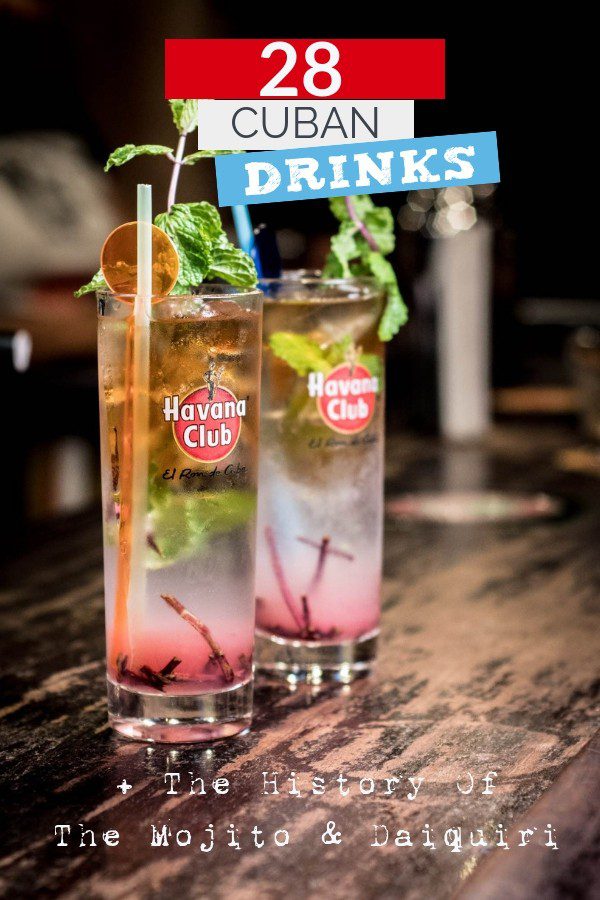 |
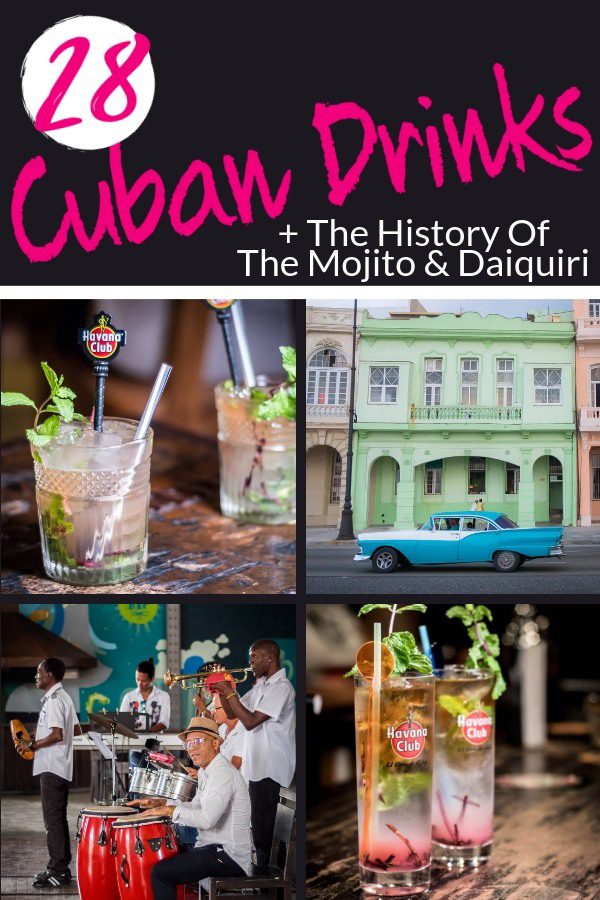 |

